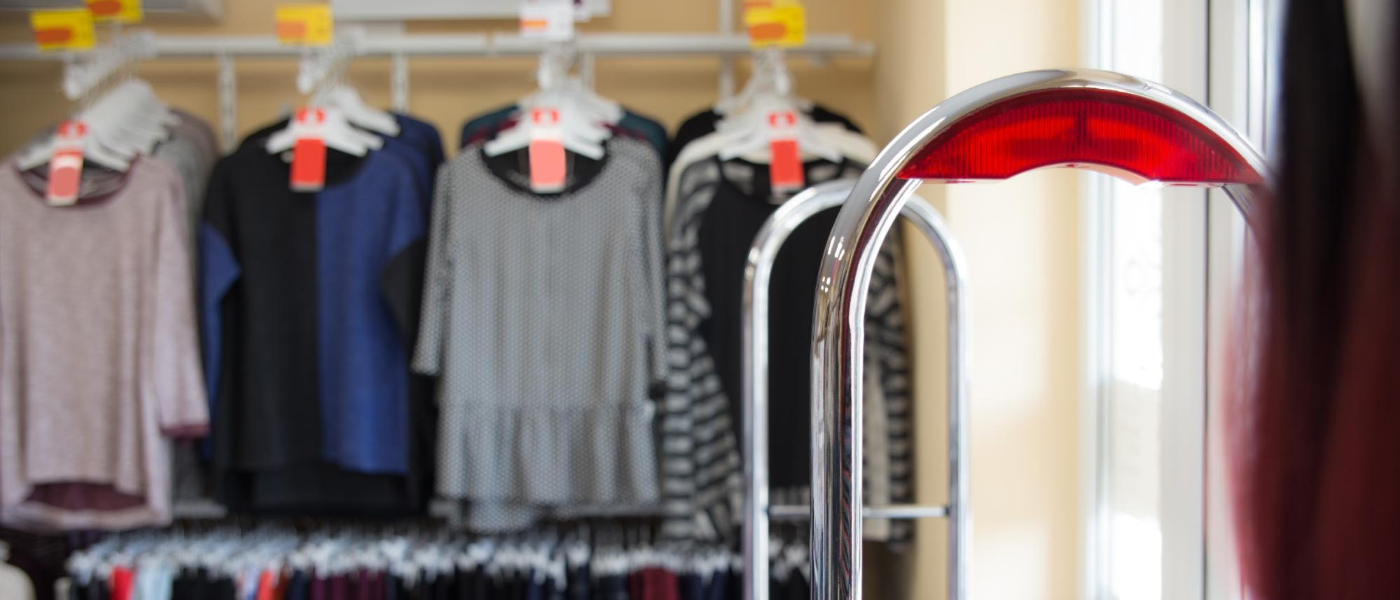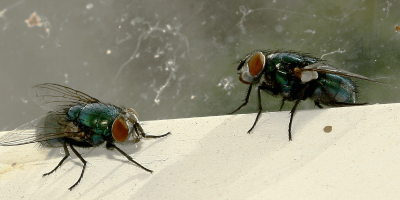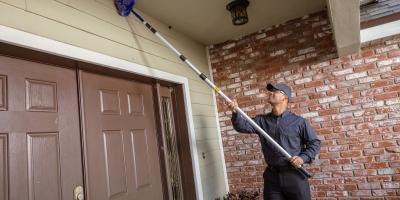Fabric Pests: The Merchandise Thieves that You Never See Coming

Maybe you thought grandma was crazy when you were a kid for stuffing all those foul-smelling mothballs in her clothes closet, but if you’ve ever had a job that deals with fabric as a grown-up, you no doubt understand now. Pests that feast on fabric can wreak havoc on both clothes and textiles, resulting in lost merchandise, reduced customer loyalty and diminished reputation.
Common Types of Fierce Fabric Pests
In New England and across America, the two primary types of fabric-destroying pests are carpet beetles and clothes moths. What makes these two species unique is that their digestive systems produce an enzyme called keratinase that lets them digest keratin, the primary protein that makes up animal hair.
Carpet beetles can usually be found in warehouses, residential buildings, museums and other buildings where there’s a food source for them—which means practically anywhere. There are actually three distinct species of carpet beetle, one of which is completely black. The other two have an irregular, though symmetrical white, brown and black pattern on their backs. All of them go through a larval phase, which is when they cause the most damage by feeding on silk, wool, leather, fur, hair brushes, pet hair and feathers.
Clothes moths also cause the most destruction during the larval phase, when they chomp on everything carpet beetles eat plus lint, dust, paper, cotton and some synthetic fibers. As winged adults, they pose no risk of further destruction, but their presence usually means there are eggs and larva that need to be dealt with elsewhere. Adult clothes moths have thin, furry wings of a grayish-brown hue peppered with darker spots. Their bodies are about 1/4-inch long, with an extended wingspan of about 1/2 inch.
Fight Back Against Fabric Pests
Both carpet beetles and clothes moths tend to thrive in spaces that see long periods of dormancy, like sections of a stockroom that go untouched for months at a time, or closets where seasonal clothes are stored until the following year. So, one way to help prevent a potential infestation is to move stored items around more frequently, especially so you can sweep and vacuum under and around them.
A natural insect repellent, cedar wood not only helps prevent pests, but also protects clothes from mildew-causing moisture. Higher-end retail stores opt for cedar wood hangers for these reasons. Even then ancient Greeks valued cedar for its pest-prevention properties, which are specifically attributed to the fragrant cedar oil contained within the wood.
Another way to prevent an infestation, or stop one before it ever starts, is to regularly inspect stock and storage areas that would otherwise remain undisturbed. If you do discover wormlike larvae or full-grown, winged adult beetles or moths, the next step is to thoroughly launder and clean everything.
Once you’re certain that you’ve killed, washed or otherwise removed all the critters, repack everything in airtight containers. You’ll still need to continue checking them regularly for signs of another infestation, but you increase your chances of avoiding one by keeping tempting fabrics sealed away from any potential pests.
Of course, the most surefire way to protect your business and its potentially thousands of dollars’ worth of vulnerable merchandise is to work with a pest control professional. Check out our commercial services page, where you can request a free quote and get more information about how to fight fabric pests.



